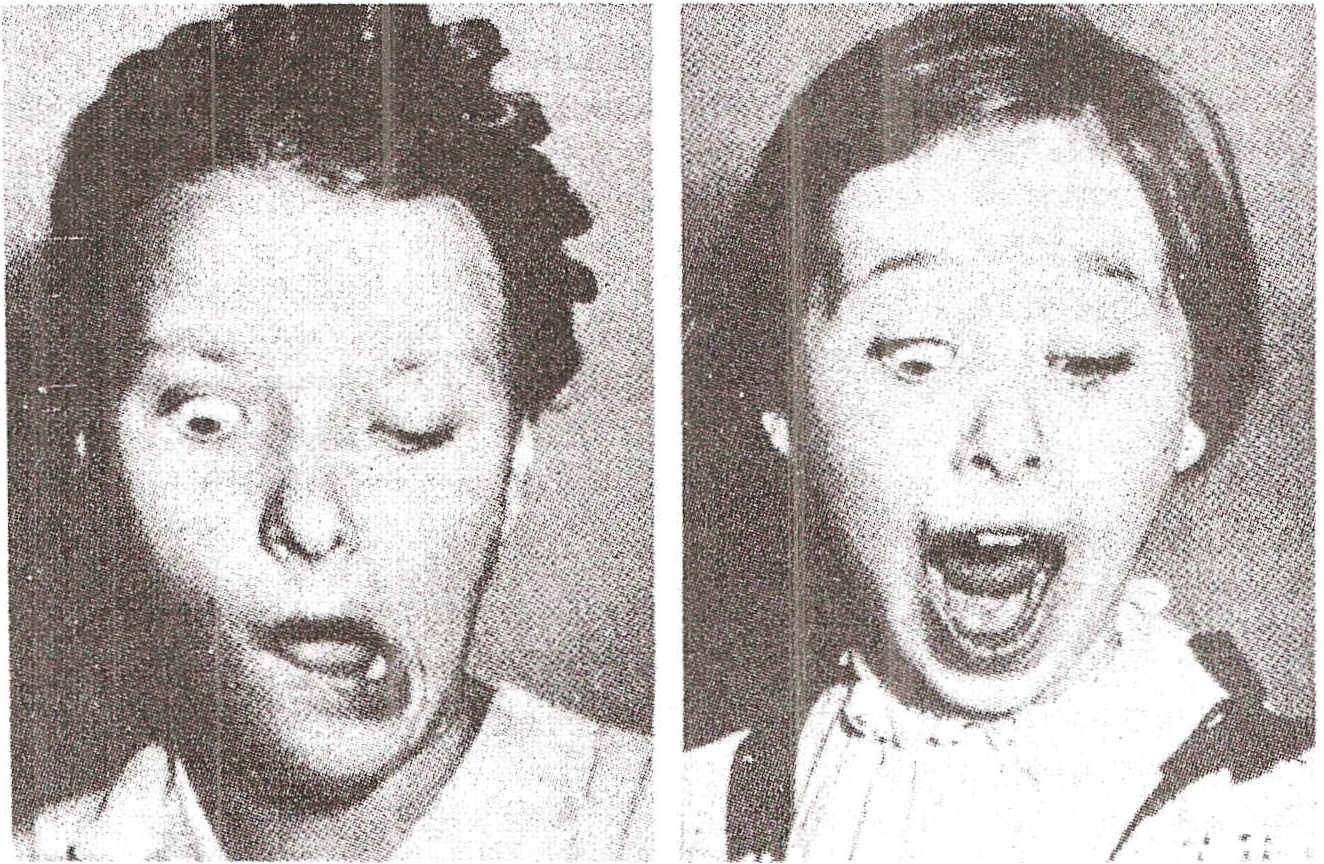
Brissaud Disease, also known as Brissaud-Sicard Syndrome, is a rare neurological condition that can leave many puzzled. This disorder primarily affects the facial muscles, causing involuntary twitching and spasms. Named after the French neurologist Édouard Brissaud, it often gets confused with other movement disorders. Understanding this condition is crucial for those affected and their families. In this blog post, we will explore 30 facts about Brissaud Disease to shed light on its symptoms, causes, and treatments. Whether you're a medical student, a caregiver, or someone seeking knowledge, these facts will provide a comprehensive overview of this intriguing condition.
Key Takeaways:
- Brissaud Disease, also known as Brissaud-Sicard Syndrome, is a rare neurological disorder that causes involuntary facial movements and spasms. It can be misdiagnosed, but early recognition and treatment can improve quality of life.
- While there is no cure for Brissaud Disease, treatments such as medications, Botox injections, and physical therapy can help manage symptoms. Lifestyle modifications and emotional support are also important for patients and their families.
What is Brissaud Disease?
Brissaud Disease, also known as Brissaud-Sicard Syndrome, is a rare neurological disorder. It primarily affects the facial muscles, causing involuntary movements and spasms. Understanding this condition can be challenging, but these facts will help shed light on its complexities.
- Brissaud Disease is named after French neurologist Édouard Brissaud, who first described it in the late 19th century.
- It is also referred to as Brissaud-Sicard Syndrome, named after another French neurologist, Jean-Athanase Sicard.
- The disease primarily affects the facial muscles, leading to involuntary movements and spasms.
- Symptoms often include twitching of the eyelids, mouth, and other facial muscles.
- Brissaud Disease is considered a type of focal dystonia, a condition where muscle contractions cause twisting and repetitive movements.
- The exact cause of Brissaud Disease remains unknown, though it is believed to involve abnormalities in the brain's basal ganglia.
- It is a rare disorder, with only a few hundred cases reported worldwide.
- Brissaud Disease can affect individuals of any age, though it is more commonly diagnosed in adults.
- The condition is often misdiagnosed as other movement disorders, such as hemifacial spasm or Bell's palsy.
- Diagnosis typically involves a thorough neurological examination and imaging studies, such as MRI or CT scans.
Symptoms and Diagnosis of Brissaud Disease
Recognizing the symptoms of Brissaud Disease is crucial for proper diagnosis and treatment. Here are some key facts about its symptoms and diagnostic process.
- Involuntary facial movements are the hallmark symptom of Brissaud Disease.
- These movements can be triggered by stress, fatigue, or emotional excitement.
- Patients may experience difficulty speaking or eating due to muscle spasms.
- Symptoms can vary in severity, ranging from mild twitching to severe, debilitating spasms.
- A thorough medical history and physical examination are essential for diagnosis.
- Electromyography (EMG) may be used to assess muscle activity and confirm the diagnosis.
- Blood tests can help rule out other conditions that may cause similar symptoms.
- Genetic testing is not typically required, as Brissaud Disease is not known to be hereditary.
- Early diagnosis and intervention can help manage symptoms and improve quality of life.
- Misdiagnosis is common, so seeking a second opinion from a specialist may be beneficial.
Treatment and Management of Brissaud Disease
While there is no cure for Brissaud Disease, various treatments can help manage symptoms and improve patients' quality of life. Here are some important facts about treatment options.
- Medications such as anticholinergics and muscle relaxants can help reduce muscle spasms.
- Botulinum toxin (Botox) injections are often used to temporarily paralyze affected muscles and reduce involuntary movements.
- Physical therapy can help improve muscle control and reduce the severity of spasms.
- Stress management techniques, such as meditation and yoga, can help minimize symptom triggers.
- In severe cases, surgical intervention may be considered to relieve pressure on affected nerves.
- Regular follow-up appointments with a neurologist are essential for monitoring the condition and adjusting treatment plans.
- Support groups and counseling can provide emotional support and coping strategies for patients and their families.
- Lifestyle modifications, such as avoiding caffeine and alcohol, can help reduce symptom severity.
- Maintaining a healthy diet and regular exercise routine can improve overall well-being and help manage symptoms.
- Ongoing research is focused on understanding the underlying causes of Brissaud Disease and developing more effective treatments.
Final Thoughts on Brissaud Disease
Brissaud Disease, though rare, has a significant impact on those affected. Understanding its symptoms, causes, and treatments can help in managing the condition better. Early diagnosis is crucial for effective treatment. Symptoms like muscle spasms and tics can be managed with medication and therapy. Genetic factors play a role, so family history is important. Awareness and education about Brissaud Disease can lead to better support for patients and families. Medical advancements continue to improve the quality of life for those with this condition. Staying informed and seeking medical advice when needed can make a big difference. Remember, knowledge is power when dealing with any health issue. Stay proactive and supportive to those around you who might be affected.
Frequently Asked Questions
Was this page helpful?
Our commitment to delivering trustworthy and engaging content is at the heart of what we do. Each fact on our site is contributed by real users like you, bringing a wealth of diverse insights and information. To ensure the highest standards of accuracy and reliability, our dedicated editors meticulously review each submission. This process guarantees that the facts we share are not only fascinating but also credible. Trust in our commitment to quality and authenticity as you explore and learn with us.
